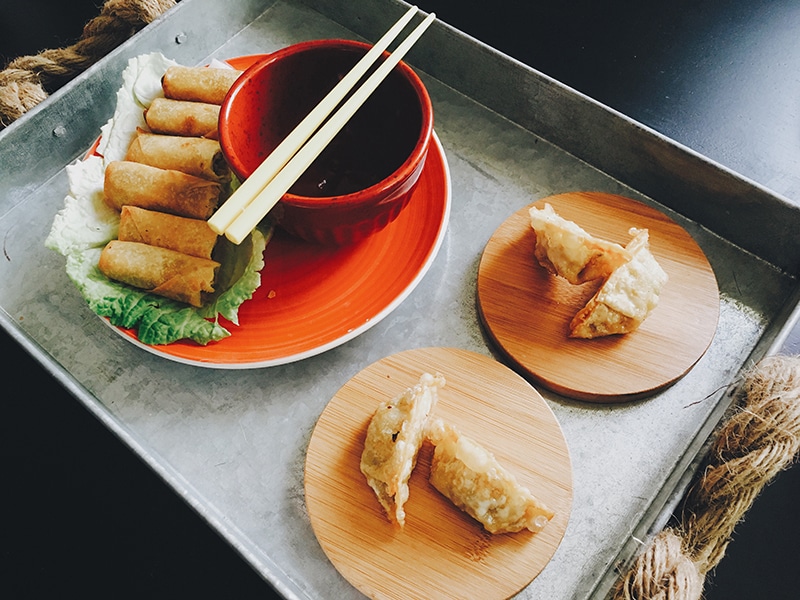Spring rolls, with their delicate wrappers and a medley of fillings, are a beloved culinary delight enjoyed by millions worldwide. While they are often associated with Chinese cuisine, the history of spring rolls is a journey that traverses various cultures and regions, making it a testament to the global exchange of culinary traditions.
Thought to originate in China during the Jin Dynasty (265-420 AD), these early renditions of spring rolls were quite different from the ones we know today, and were made by placing vegetables and minced meat inside thin wheat pancakes. They were often served during springtime festivals, hence their name.
As time passed, spring rolls evolved, adapting to the diverse tastes and ingredients of different regions. During the Tang Dynasty (618-907 AD), rice paper, made from ground rice and water, began to replace wheat-based wrappers. This innovation gave birth to the delicate, translucent spring roll wrappers we associate with modern spring rolls.
Spring rolls also spread to other parts of Asia, including Vietnam and Thailand. In Vietnam, they feature rice paper wrappers filled with a variety of ingredients, such as shrimp, herbs, rice vermicelli, and pork, often served with a dipping sauce. In Thailand, spring rolls are typically filled with a mixture of vegetables and sometimes minced meat, and deep-fried to a golden crisp.
The spread of spring rolls was not limited to Asia. In the 17th century, Chinese immigrants brought their culinary traditions, including spring rolls, to the Philippines. Here, they have become a popular street food and a staple in Filipino celebrations.
The concept of spring rolls also reached Europe during the Middle Ages, thanks to trade routes and the exchange of culinary knowledge. In the United States, spring rolls have become a popular appetizer at Asian restaurants, often filled with a combination of vegetables, shrimp, and sometimes tofu, served with a dipping sauce.
The versatility of spring rolls allows for endless variations, making them a favourite canvas for creativity in the culinary world. Whether you prefer the traditional flavours of Vietnam, the crispiness of Thai fried spring rolls, or the fusion creations found in modern cuisine, spring rolls remain a beloved and versatile dish enjoyed by people of diverse backgrounds.







Click here to change your cookie preferences